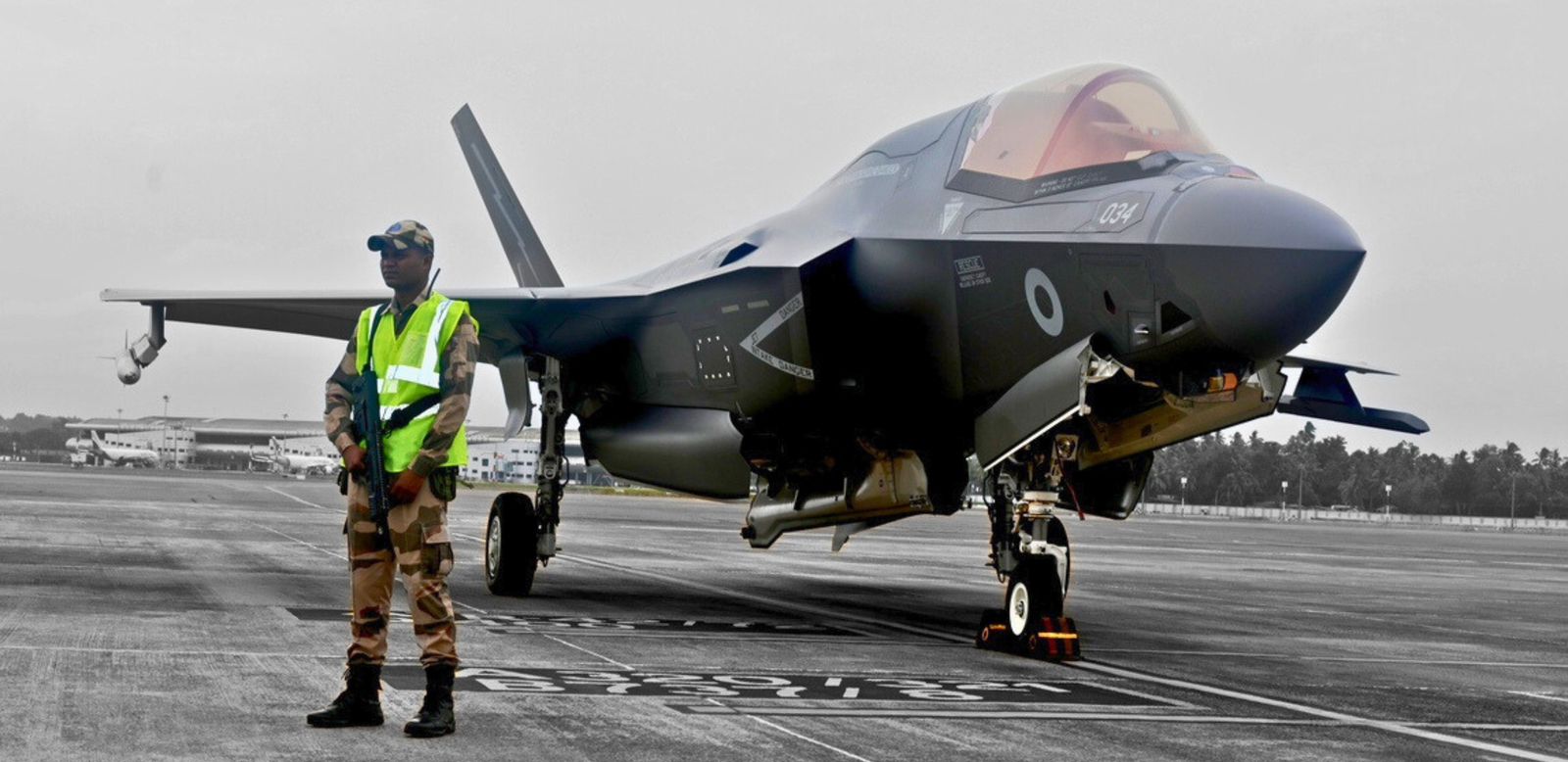An eight-year-long mystery was solved last month after the debris of a missing Indian Air Force aircraft was detected at a depth of 3.4 km in the Indian Ocean, off the Chennai coast. The feat, which brought closure to 29 families and showcased India's capabilities in exploring the oceanic depths, was achieved by the National Institute of Ocean Technology.
NDTV spoke to the scientists behind the mission and found that it was chance that led an advanced submersible to the site of the debris.
On July 22, 2016, an An-32 - one of the IAF's most reliable transport aircraft - with the registration number K-2743 disappeared after it took off from the IAF airfield at Tambaram air base in Chennai. It was headed for Port Blair with 29 personnel onboard.
A massive search operation was launched immediately, but neither was the plane located nor did any debris float up.
Speaking to NDTV, Dr GA Ramadass, Director of the National Institute of Ocean Technology (NIOT), Chennai, said, "In early January, we were on a scientific exploration when unnatural objects were seen on the ocean floor. Closer examination revealed that they resembled the debris of an airplane".
Subsequently, the IAF confirmed that the debris was from the aircraft that crashed in 2016. Ramadass says, "NIOT was able to bring some closure to the families of the brave airmen who perished in the unfortunate accident".
In 2022, India acquired the Ocean Mineral Explorer (OMe-6000) submersible from Norway that can dive to a depth of 6,000 metres below the ocean surface. It was this 6.6-metre-long, orange, deep ocean unmanned autonomous submarine that discovered the debris of the IAF plane.
Scientific Miracle?
Dr S Ramesh, a scientist who leads the deep ocean mission, and his team chanced upon the debris of the aeroplane while undertaking calibration trials of the submarine. The mission was to better understand the gas hydrates, a rich source of energy, found in the Bay of Bengal.
Mr Ramesh said, "The black box of the airplane has not been detected. It can be found if a targeted and intensive search operation is launched, but it is a tough exercise".
In 2014, the Malaysia Airlines Flight 370 (MH370) with 239 people was also mysteriously lost over the Indian Ocean, and no trace has been found of the plane so far, even after a massive search operation involving multiple countries. Thus, India discovering the debris of the An-32 plane is, in some respects, considered a scientific miracle.
In a statement released on January 12, the Ministry of Defence had said, "An Indian Air Force An-32 aircraft (registration K-2743), had gone missing over the Bay of Bengal on 22 July, 2016, during an operational mission. 29 personnel were on board this flight. Large-scale search and rescue operations by aircraft and ships could not locate any missing personnel or the aircraft debris."
"The National Institute of Ocean Technology (NIOT), which functions under the aegis of the Ministry of Earth Sciences, had recently deployed an Autonomous Underwater Vehicle (AUV) with deep sea exploration capability at the last known location of the missing An-32. This search was conducted at a depth of 3,400 metres using multiple payloads, including a multi-beam SONAR (Sound Navigation and Ranging), synthetic aperture SONAR and high-resolution photography," it added.
The ministry had said that the images were scrutinised and found to be conforming with an An-32 aircraft.
Harnessing Resources
The OMe-6000 is a multi-role vehicle capable of collecting high-resolution data for commercial, scientific and defence applications. According to its manufacturer, Kongsberg, a Norwegian ship maker, it is the "most flexible AUV available on the market, capable of carrying a wide array of sensors, including synthetic aperture sonars, multi-beam echo sounders, cameras, lasers, sub-bottom profilers and environmental/scientific sensors".
Stating that the OMe-6000 is a very useful addition to India's deep-ocean exploration capabilities, Mr Ramesh said the 2.1-tonne machine is operated from India's Research Vessel, Sagar Nidhi, and has already made about 15 dives. "The OMe-6000 will also help explore the mineral-rich poly-metallic nodules and document the rich biodiversity of the deep Indian Ocean," he said.
Mr Ramadass, the NIOT Director, said India has a vast 7,500-kilometre shoreline and sustainably harnessing ocean resources will be the key to the country's development. The deep-ocean submersible, he said, will be greatly beneficial in achieving this.
"India is also developing its own human submersible, called Matsya-6000, as part of the ambitious Samudrayaan project," he added.

 1 year ago
32
1 year ago
32











 English (US) ·
English (US) ·